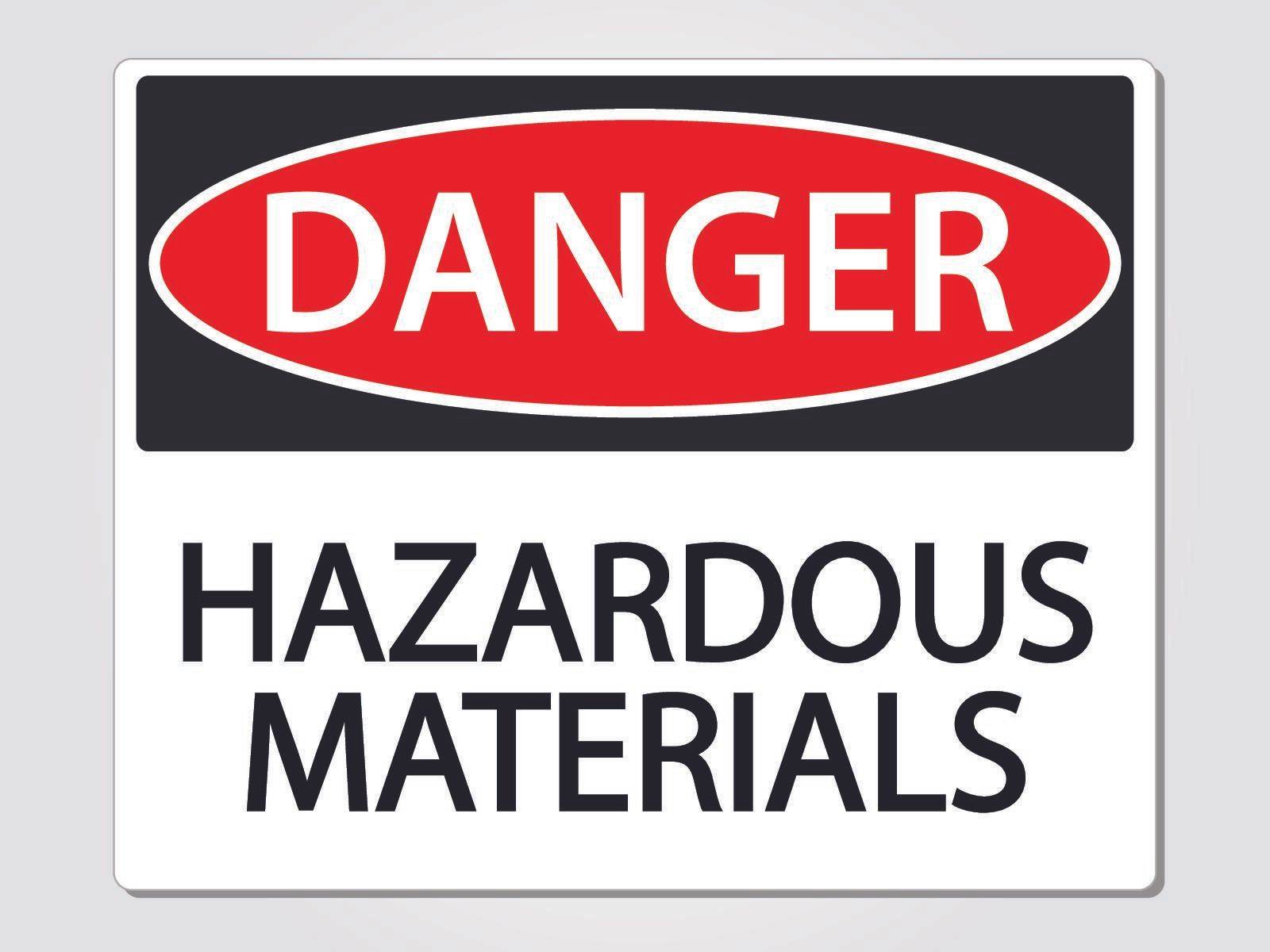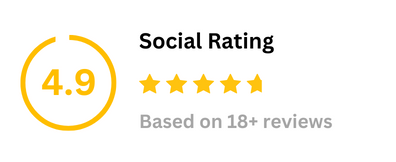Is Your Office Furniture Hurting Your Back?
Do you leave each work day with an aching back? If so, it’s time to consider an ergonomic office chair. It’s something you spend 1,900 hours a year sitting in, yet most people spend far more money on desks, computers, and other office equipment than the crucial piece of furniture that supports their back.
Discovering Ergonomics
A simple, conventional office chair is designed for cost savings and easy assembly at the factory. Businesses often purchase them in bulk to set up basic workstations. Until the late 1970s, ergonomics – the science of fitting things to the health needs of humans – wasn’t well established. Most people just tolerated the chair they were assigned at work.
In 1976 the Ergo chair, which was inspired by health-conscious design and new interest in yoga, revolutionized office seating. It promoted blood flow to the legs and better spinal support. These issues had become daily concerns for office workers who spent less time on their feet and more time on the phone and on paperwork.
As computers became part of everyday work environments in the 80s and 90s, so did additional strain on the neck, shoulders, arms, and back. Workers complained, and companies began to seek out ergonomic solutions.
In 2001, The Occupational Safety and Health Administration (OSHA) issued a much-anticipated ergonomic standard for U.S. workplaces. It required employers to identify and reduce risks of musculoskeletal disorders and to address workplace risk factors like repetition, force, contact stress, vibration and – most significantly for office chairs – awkward postures.
Stress and the Spine
Why does a conventional chair put stress on the body? There are two primary reasons.
First, a straight-backed chair that sits at a 90-degree angle doesn’t contour to the body. It offers no support to the natural curvature of the spine. Because it forces an unnatural way of sitting, people quickly tire of it and begin to slouch.
Slouching not only irritates your grandmother but also irritates your joints and muscles. With repeated slouching, the spinal ligaments overstretch and strain the surrounding areas in the neck and shoulders. You begin to notice persistent pain. Parts of the body may feel tight or swollen.
Over time, slouching contributes to health issues like poor circulation, constipation, shallow breathing, raised cortisol, persistent inflammation, and aggravation of existing musculoskeletal problems. A recent study at San Francisco State University showed that continued slouching also led to lower energy and feelings of depression.
The other reason conventional chairs stress the body is that they have no built-in flexibility. Without thinking about it, people constantly wiggle and adjust in their chairs throughout the day. It’s a way of relaxing the body. You might lean a little to the left to answer the phone, tilt forward to read an email, or sink deeper into the back of the seat when tired at the end of a long day.
Conventional chairs sit immobile, working against this natural body movement. Lack of movement can cause depleted energy, fatigue, and ankle swelling of 6 to 15 percent during the day. For shorter people, non-adjustable chairs can cause the legs to dangle and create even more swelling.
By contrast, ergonomic chairs are built for flexibility. Not only can you adjust them to fit your body overall, you can twist around during the day and feel the chair move along with you. Every part of an ergonomic chair can be nudged to a setting that suits your body perfectly.
Maximum Ergonomic Effect
Okay – it’s time to select the ideal ergonomic office chair. What are the key features to seek out? Experts say an ergonomic office chair should have the following qualities:
- Lumbar support. It should have a curving S-shaped back that supports both the lower back and shoulders.
- Adjustability. Both the arm height and the overall height should be adjustable. Some chairs also offer additional adjustments to the angle of the back, the tilt of the seat, and the overall amount of “give” the chair has when you move around in it.
- Breathable fabric. The material of the chair seat and back should be breathable enough to prevent you from feeling hot. The cushion should be substantial – memory foam, if possible.
- Swiveling and rolling wheels. A truly ergonomic chair has wheels and a swivel base because the easy movement prevents you from overstretching to reach things.
A Synchronized Space
When you find a chair that has all of these qualities, don’t stop there. Bring it to your space and make sure it synchronizes with your overall workspace. Adjust the chair to fit your body, then scoot it up to your desk and ask yourself a few questions.
- How’s my posture? Your upper arms should be parallel to your spine, and your elbows and knees should be at a 90-degree angle. Adjust the armrests to support your arms during natural movement and typing.
- Am I sitting too high? Your feet should rest comfortably on the floor, or on a footrest, without dangling. You shouldn’t have to stretch at all to reach the keyboard. Things you need should be easily within reach without leaning or twisting. About 16 to 21 inches off the ground is usually the right range for seat height.
- Should I adjust the desktop? If you can’t seem to get comfortable, consider whether your worktop is just too high or low. This includes your computer screen. If it’s sitting too low on the desk, your chin will be tilted down while sitting. The screen should be level with your gaze as you sit with good posture.
- Is the seat at the right depth? Another aspect of comfort is whether the seat depth – the distance between the front edge and very back of the chair – is too deep or not deep enough. Ergonomic chairs make it easy to adjust. You should feel firmly supported by the back without feeling like you are tipping forward out of the chair.
You’ll know your chair synchronizes with your space when you can move through your normal work tasks without awkward twists or extra strains on your body. When you have the perfect office chair, situated in the perfect office space, it has the Goldilocks factor: It’s just right.
You might also like




